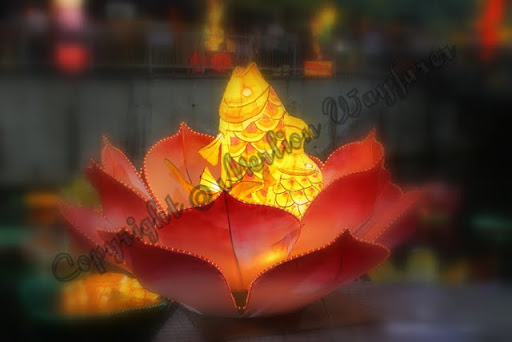Bartley Road to Tampines Avenue 10
North-East to East, Singapore
May and December 2009
The extension of Bartley Road to Tampines Avenue 10 provides a vital link from the east to central regions. This direct central-east connection will also help to relieve traffic congestion along the Pan Island Expressway (PIE) near Eunos and Bedok Reservoir Road.
Started in late 2000, the first phase between Kaki Bukit and Tampines Avenue 10, was completed in 2003. The second phase, from Kaki Bukit to Bartley, was originally slated to open in 2005. It stalled after the builder ran into financial problems. In 2006, the LTA called for fresh tenders and local contractor Hock Lian Seng clinched the deal.
When the link opens in January 2010, it will be Singapore's sixth viaduct. Along with it, a new surface road - Bartley Road East - will also open, linking Airport Road to Hougang Avenue 3. At the relocated Bartley Road/Upper Paya Lebar Road junction, the underpass will form a three-tier road interchange with the Bartley Road extension viaduct and the surface roads.
At the Hock Lian Seng - LTA site office, old diversion signs lie piled up in a storage shed...
As part of the Bartley Road extension project, a vehicular underpass was built along Upper Paya Lebar Road and opened to traffic on 8 March 2009. The newly completed dual-two lane underpass allows motorist to bypass the junction of Bartley Road and Upper Paya Lebar Road as they travel towards Airport Road or Lorong Ah Soo...
In living with Singapore's Garden City image,
new saplings were planted along the sides of the road...
The Hock Lian Seng banner lies in the background,
a proud reminder of its successful project undertaking...
On 23 May 2009, yet another new breath of life was added to Bartley Road with the opening of
the Circle Line MRT Station beside the newly-renovated Bartley Christian Church...
9 months later, the viaduct has been completed. Vehicle drivers undergo yet another road diversion
which has resulted in frequent traffic jams as drivers get used to the changes...
A scene on the last day of 2009 with the completed viaduct,
a recent Traffic Police banner on road safety and new road signs stuck with black tape...
Two new pedestrian overhead bridges have also been constructed along Bartley Road and Upper Paya Lebar Road to facilitate pedestrian crossing - The axis of the first bridge is uniquely-angled to accommodate the lie of the land...
The second bridge is in the midst of construction...

The earlier temporary road signs have been replaced with permanent road signs.
The tree saplings have also grown and are now sprouting leaves...
Bartley Secondary School, an icon of Bartley Road,
is now a lot closer to the main road - due to the widening of Bartley Road...
A misplaced road sign in a construction site along Upper Paya Lebar Road,
pointing in the direction of nurseries instead of the viaduct...
With the opening of the underpass, the existing Upper Paya Lebar Road will be realigned, so that the junction of Upper Paya Lebar Road and Bartley Road will be relocated southwards directly above the underpass...
The new surface road, Bartley Road East,
which leads to Tampines Avenue 10 and Hougang Avenue 3...
Drains have to be filled in and rebuilt...
Foreign nationals working in the project cycle home after a hard day's work... One of the many road signs directing drivers on the correct direction to take...
One of the many road signs directing drivers on the correct direction to take...
“Danger Keep Out” signs plaster many areas where excavation is still going on...
More photos are available on Merlion Wayfarer's Picasa at :
Transportation











































